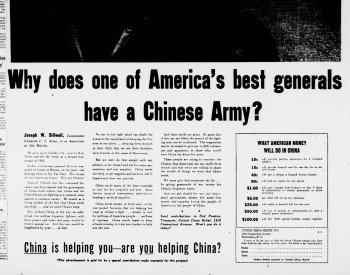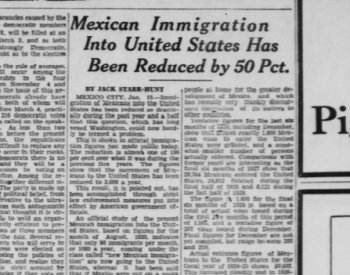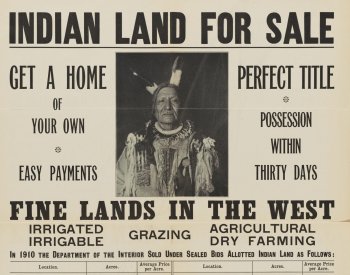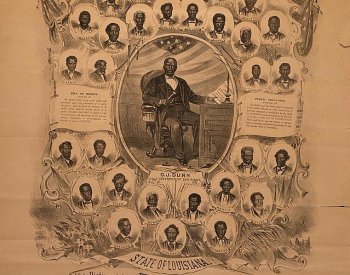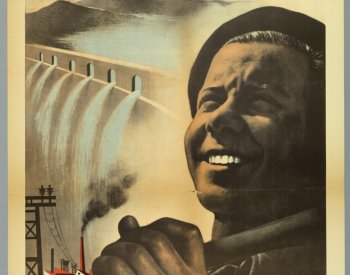To answer this question correctly, students must determine that Document A is from 1894 and that Document B is from 1902. Students must also contextualize the documents by drawing on relevant historical knowledge, such as:
- The Panic of 1893 decimated profits for the railroad industry. The Pullman Company, which manufactured sleeper cars, responded by laying off workers and cutting wages. However, the company did not adjust the rents and expenses it charged workers living in its company-owned neighborhoods. Led by the American Railway Union (ARU), Pullman workers went on strike. Pullman didn’t budge on the ARU’s demands, so the union called a nationwide strike in which railroad workers refused to handle any trains carrying Pullman cars. As intended, the strike caused widespread disruption to rail travel. President Cleveland’s administration responded by obtaining an injunction against the union that ordered it to stop interfering with trains carrying U.S. mail. After the strikers failed to comply sufficiently, the president called out the U.S. Army to ensure the trains moved, which led to violent clashes between the Army and demonstrators. The military intervention helped break the strike without concessions to workers. The ARU dissolved after the strike was broken, and its leader, Eugene V. Debs, was imprisoned. The strike was a significant defeat for organized labor.
- Theodore Roosevelt assumed the Presidency in 1901 after William McKinley succumbed to an assassin’s bullet. In 1902, Roosevelt took the unprecedented step of using the power of the presidency to arbitrate a labor strike. In 1902, Roosevelt called mine owners and miners to Washington, DC to negotiate a settlement to the labor strike in the anthracite coal fields of Pennsylvania. Although the convening didn’t immediately end the strike, it was the first time the federal government had acted as a neutral arbitrator in a labor strike, a significant development for organized labor.
Level: Proficient
In proficient responses, the student:
- Selects the correct year for each document.
- Explains that Document A is from 1894 because it details an order by the President of the United States for the military to intervene aggressively against workers on strike.
- And explains that Document B is from 1902 because it reveals that the President of the United States called owners and workers to Washington, DC to help negotiate a settlement in a labor strike.
In proficient responses, students might incorporate other specific historical information related to the Pullman Strike of 1894 and the Anthracite Coal Strike of 1902.
Level: Emergent
Student selects the correct year for each document but only provides a partially correct explanation. For example, the student may correctly contextualize one document but not both or may provide partially incorrect reasoning about both.
Level: Basic
Student misidentifies the year for each document or correctly identifies the years but provides mostly or entirely incorrect explanations for both documents.
